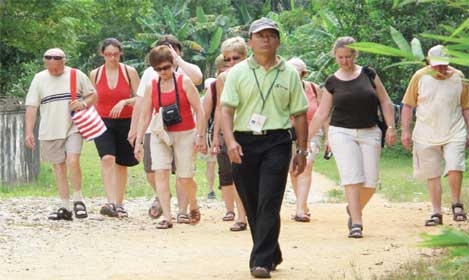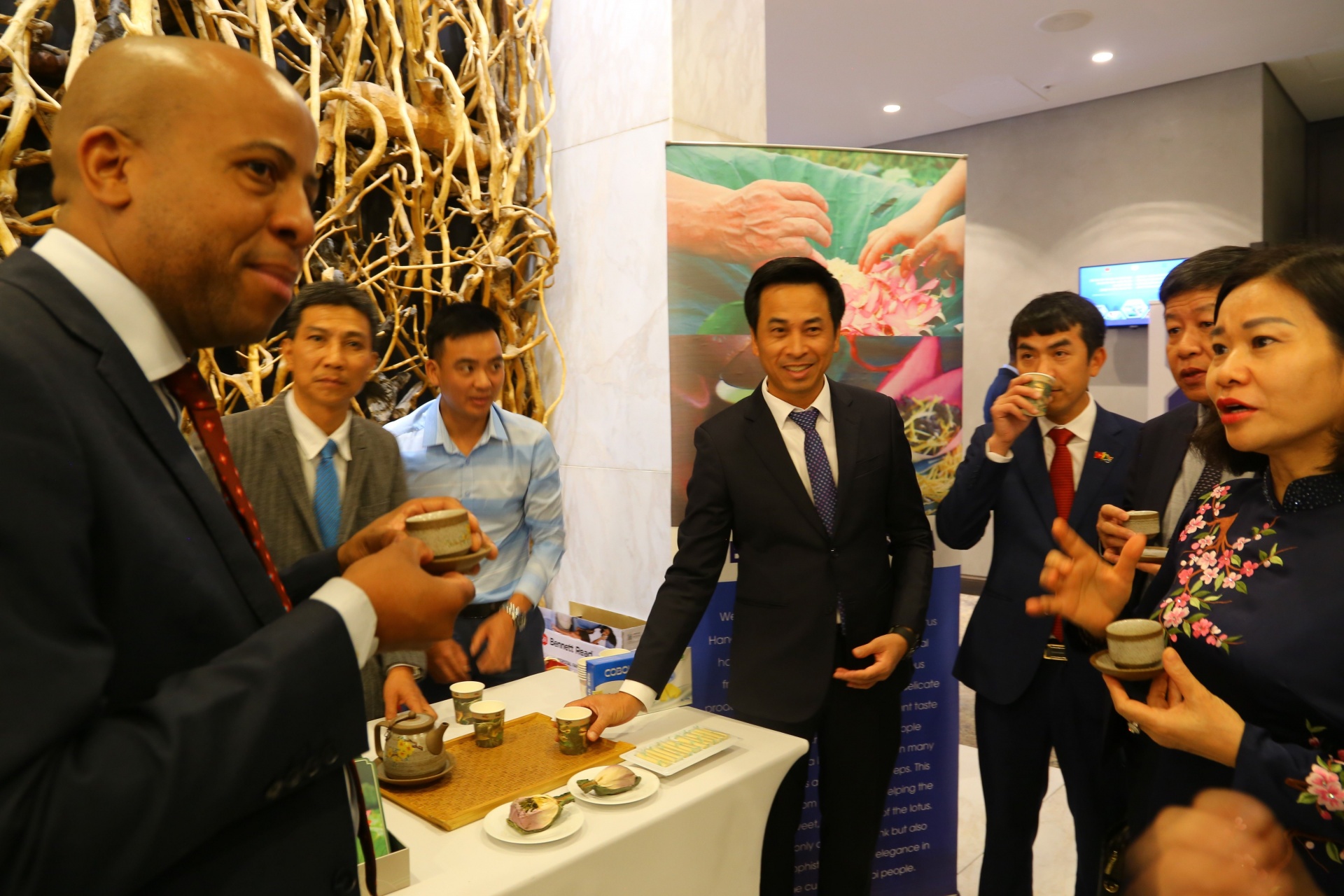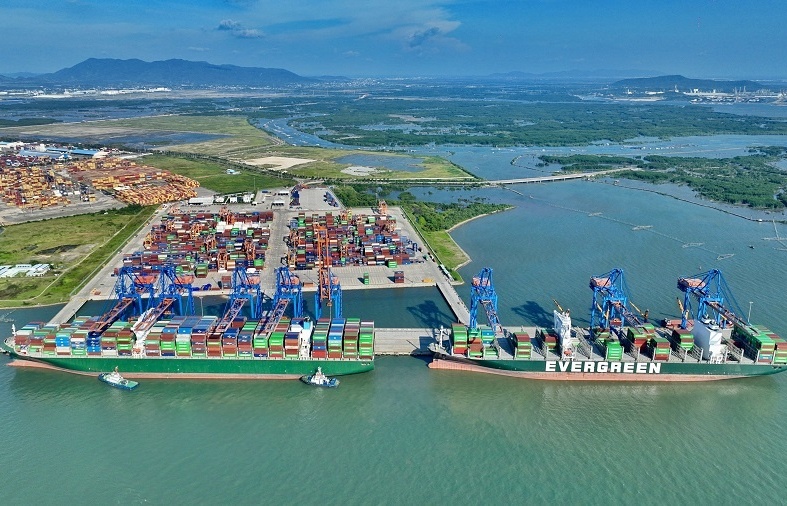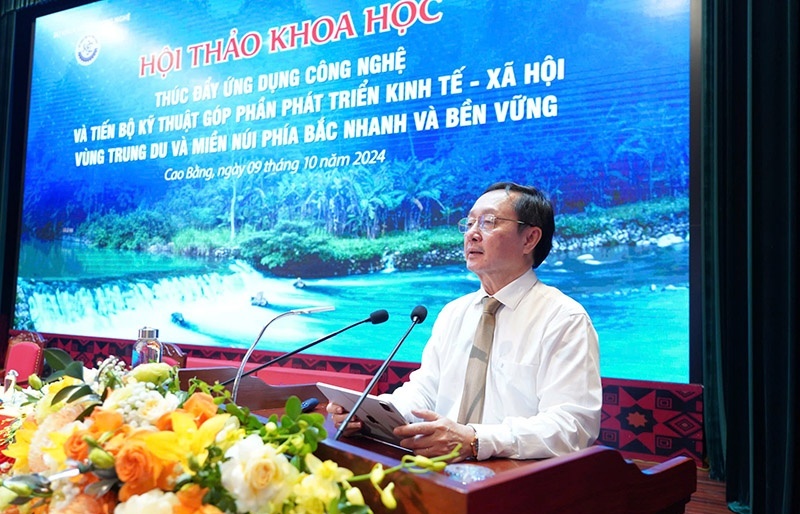Tourism labour to get its workforce into order
 |
||||||||||
| Do you speak English? More tourism workers need to speak the world’s dominant language |
“The status of tourism human resources shows a lack of high professionalism which might be a major barrier against the tourism development process as determined by the government,” Nguyen Thien Nhan, Deputy Prime Minister told a national tourism human resources conference last week in Hanoi.
According to Vietnam National Administration of Tourism (VNAT), in the first seven months of this year, Vietnam received 4.1 million foreign visitors, up 51 per cent compared to the corresponding period last year. Among those, the greatest number of foreign tourists came from China with 511,847 visitors, increasing 95.4 per cent, followed by Cambodia, Thailand and South Korea jumping 93.1, 32.1 and 31.1 per cent, respectively.
VNAT deputy director Nguyen Manh Cuong said that tourism sector was recovering, however, it was still below potential due to poor quality staff.
“Human resources for tourism are still weak, and only 30 per cent of employees have been professionally trained,” said Cuong.
According to a recent investigation of tourism human resources development plan carried out in 200 three to five-star hotels and travel companies nationwide, 45 per cent of tour guides and managers did not meet the required English language standards for their jobs, with the figures for receptionists and restaurant employees at 67 and 85 per cent, respectively.
Home to the largest foreign visitors to Vietnam and the largest tourism human resources in the country, the status of tourism human resources in Ho Chi Minh City is dire.
La Quoc Khanh, deputy director of Ho Chi Minh City Department of Culture, Sports and Tourism, said there were a high proportion of current tourism sector employees, who had not received any tourism training courses.
Dinh Viet Khanh, director of Can Tho City Department of Culture, Sports and Tourism, said 900 tourism sector employees had university and post-university degrees accounting for just 6.3 per cent of city’s tourism workforce.
“This figure is really worth thinking about,” Khanh said
Vietnam currently has 284 tourism training establishments, in which there are 62 tourism training establishments at college and university levels, with some 6,000 graduates each year.
“If the tourism sector wants to develop further it will require human resources of a very high quality,” Nhan said at the conference.
The VNAT has recently planned for the comprehensive tourism human resources development plan to 2015, which will form a legal corridor for the implementation of specific solutions associated with improving the sector’s human resources.
These include training and education, refresher training for tourism managers and direct employees. This plan is partly being supported by a 2.9 million euro strengthening human resources project, funded by the Luxembourg government for three years.
What the stars mean:
★ Poor ★ ★ Promising ★★★ Good ★★★★ Very good ★★★★★ Exceptional
Latest News
More News
- Vietnam’s economy on track for 6.5 per cent growth despite Typhoon Yagi, says HSBC (October 01, 2024 | 16:46)
- Vietnam urges China to expand market access for agricultural products and strengthen trade ties (October 01, 2024 | 16:42)
- IMF predicts Vietnam's economic growth to reach 6.1 per cent in 2024 (September 30, 2024 | 18:26)
- Deli Group breaks ground on $270 million factory in Hai Duong (September 30, 2024 | 18:17)
- Government considering tax on multiple properties (September 27, 2024 | 20:17)
- Accuracy more vital than ever in dawn of AI (September 26, 2024 | 20:44)
- Vietnam remains attractive destination for US businesses (September 26, 2024 | 20:23)
- New innovation centre inaugurated during HEF 2024 (September 25, 2024 | 09:00)
- China's Geely to build $168 million automobile facility with Tasco in Thai Binh (September 24, 2024 | 19:03)
- Spate of claims made in typhoon aftermath (September 19, 2024 | 17:00)




















 Mobile Version
Mobile Version